Home>Furniture & Design>Outdoor Furniture>When To Feed Outdoor Plants
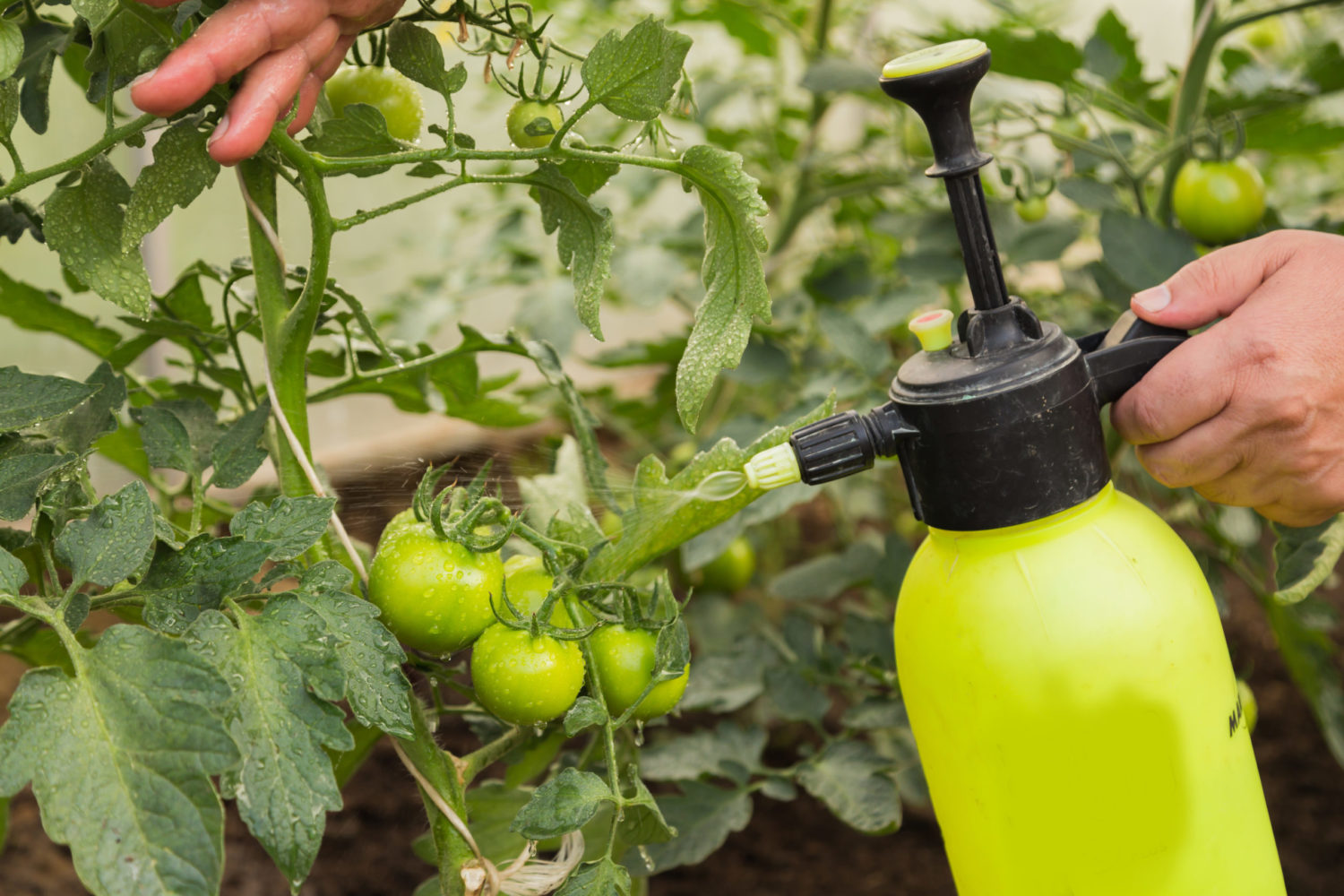

Outdoor Furniture
When To Feed Outdoor Plants
Modified: January 15, 2024
Discover the best times to feed your outdoor plants for optimal growth and health. Learn expert tips for maintaining your outdoor furniture and design.
(Many of the links in this article redirect to a specific reviewed product. Your purchase of these products through affiliate links helps to generate commission for Storables.com, at no extra cost. Learn more)
Introduction
When it comes to creating a stunning outdoor space, the right furniture and design elements play a pivotal role in transforming a mundane backyard into an inviting oasis. Outdoor furniture not only serves a functional purpose but also adds aesthetic value to the overall ambiance. From cozy lounging areas to vibrant dining spaces, the world of outdoor furniture and design offers a myriad of options to suit diverse preferences and styles.
The outdoor environment presents a unique set of challenges and opportunities for furniture and design. Exposure to the elements necessitates durable materials that can withstand varying weather conditions without compromising on style. Whether it's the scorching sun, torrential rains, or chilly winds, outdoor furniture and design must be resilient and weather-resistant while exuding elegance and charm.
In the realm of outdoor furniture, the selection is vast, ranging from classic wooden pieces to modern metal and rattan creations. Each material brings its own distinct character and appeal, catering to different tastes and functional requirements. Furthermore, outdoor design encompasses not only furniture but also decorative elements, lighting, and landscaping, all of which contribute to the creation of an inviting outdoor haven.
Understanding the intricacies of outdoor furniture and design is essential for making informed decisions when revamping or creating outdoor spaces. This article delves into the world of outdoor furniture and design, shedding light on the nuances of selecting, maintaining, and maximizing the allure of outdoor living spaces. Join us as we embark on a journey through the realm of outdoor furniture and design, exploring the elements that elevate outdoor spaces from ordinary to extraordinary.
Key Takeaways:
- Understanding the needs of outdoor plants, such as water, sunlight, and nutrients, is crucial for creating a thriving and visually captivating outdoor space.
- Feeding outdoor plants at the right times, like early spring and before blooming, supports their growth and vitality, contributing to the overall beauty of outdoor landscapes.
Read more: When To Fertilize Outdoor Plants
Understanding the Needs of Outdoor Plants
Outdoor plants are an integral part of any outdoor space, adding natural beauty and a sense of tranquility to the environment. To ensure the health and vitality of outdoor plants, it is crucial to understand their specific needs and provide appropriate care. From proper watering to adequate sunlight and nutrient-rich soil, outdoor plants rely on a delicate balance of factors to thrive.
Water is a fundamental requirement for outdoor plants, essential for facilitating nutrient uptake and maintaining turgidity. The frequency and volume of watering depend on various factors, including the plant species, soil type, and prevailing weather conditions. While some plants thrive in moist soil, others prefer drier conditions, emphasizing the importance of tailoring watering practices to suit individual plant needs.
In addition to water, outdoor plants require adequate sunlight to fuel the process of photosynthesis, which is vital for their growth and development. Different plant species exhibit varying light requirements, with some thriving in full sun, others in partial shade, and a few in full shade. Understanding the light preferences of outdoor plants is crucial for determining the most suitable locations within the outdoor space for their optimal growth.
Furthermore, outdoor plants depend on a nutrient-rich soil environment to obtain essential minerals and elements necessary for their well-being. Fertile soil provides plants with the necessary nutrients, fostering robust growth, vibrant foliage, and bountiful blooms. However, the nutrient composition of the soil may vary, necessitating the use of fertilizers to supplement any deficiencies and promote overall plant health.
Temperature, humidity, and air circulation also influence the well-being of outdoor plants, with different species exhibiting varying tolerances to environmental conditions. Understanding the specific needs of each plant species in relation to these factors is essential for creating an environment conducive to their growth and flourishing.
By comprehending the intricate needs of outdoor plants, individuals can cultivate thriving and visually captivating outdoor spaces that showcase the beauty of nature. This understanding forms the foundation for providing tailored care to outdoor plants, ensuring their longevity and contribution to the overall allure of outdoor environments.
Factors to Consider When Feeding Outdoor Plants
Feeding outdoor plants involves more than simply applying fertilizer; it requires a comprehensive understanding of the plant’s nutritional requirements and environmental factors. Several key considerations play a crucial role in determining the most effective feeding regimen for outdoor plants.
- Plant Species: Different plant species have varying nutritional needs, with some requiring specific micronutrients or a particular pH range in the soil. It is essential to research and understand the unique requirements of each plant species to provide tailored nutrition.
- Soil Composition: The composition of the soil, including its pH level and nutrient content, significantly impacts the plant’s ability to absorb essential nutrients. Conducting soil tests can provide valuable insights into the soil’s characteristics and guide the selection of appropriate fertilizers.
- Seasonal Considerations: The nutritional needs of outdoor plants may fluctuate with the changing seasons. For example, plants may require different nutrients during their active growth phase compared to periods of dormancy. Adapting the feeding schedule to align with seasonal requirements is crucial for optimal plant health.
- Environmental Factors: External factors such as temperature, humidity, and sunlight exposure can influence the plant’s nutrient uptake and utilization. Understanding how these environmental factors interact with the plant’s feeding process is essential for devising an effective feeding strategy.
- Fertilizer Selection: Choosing the right type of fertilizer is paramount in meeting the specific nutritional needs of outdoor plants. Whether it’s a balanced, slow-release, or organic fertilizer, selecting the appropriate product ensures that the plant receives the necessary nutrients in a form that aligns with its growth requirements.
- Application Method: The method of fertilizer application, whether granular, liquid, or foliar, can impact the efficiency of nutrient absorption by outdoor plants. Understanding the most suitable application method for different plant species enhances the effectiveness of the feeding process.
Considering these factors when feeding outdoor plants allows for a tailored and targeted approach, maximizing the plant’s potential for healthy growth, vibrant foliage, and abundant blooms. By addressing the specific nutritional needs of outdoor plants and adapting feeding practices to align with environmental dynamics, individuals can foster thriving and visually captivating outdoor landscapes.
Feed outdoor plants in the morning or evening to avoid the heat of the day. Use a balanced fertilizer and follow the instructions on the label for best results.
Signs That Outdoor Plants Need Feeding
Outdoor plants communicate their nutritional needs through visible signs that indicate deficiencies or imbalances in their nutrient uptake. Recognizing these signs is crucial for timely intervention and the implementation of appropriate feeding measures to support the plants’ health and vitality.
Yellowing Leaves: One of the most common indicators of nutrient deficiency is the yellowing of leaves, particularly in the case of nitrogen deficiency. Nitrogen plays a vital role in chlorophyll production, and its scarcity can manifest as yellowing leaves, starting from the older foliage and progressing to younger leaves.
Stunted Growth: Outdoor plants that exhibit limited or stunted growth may be signaling a lack of essential nutrients required for their development. Insufficient access to nutrients such as phosphorus, potassium, or micronutrients can impede the plant’s growth and overall vigor.
Poor Flowering or Fruit Production: Inadequate nutrient availability can hinder the plant’s ability to produce flowers or fruits. This can be observed as a reduction in the number of blooms, diminished flower size, or underdeveloped fruits, signaling the need for targeted feeding to support reproductive processes.
Leaf Discoloration: Discoloration of leaves, including the development of unusual spots, patterns, or browning, can indicate deficiencies in specific nutrients such as iron, magnesium, or calcium. Identifying these signs is crucial for addressing underlying nutrient imbalances and promoting healthy foliage.
Wilting or Drooping Foliage: Outdoor plants experiencing nutrient deficiencies may display signs of wilting or drooping foliage, indicating stress and compromised turgidity. This can be particularly evident during periods of increased heat or drought stress, highlighting the importance of adequate nutrient availability for maintaining plant resilience.
General Decline in Health: A general decline in the overall health and vitality of outdoor plants, including reduced vibrancy, increased susceptibility to pests and diseases, and diminished resilience, can be indicative of underlying nutritional inadequacies. Addressing these signs through targeted feeding can rejuvenate the plants and restore their vigor.
Recognizing these signs empowers individuals to proactively address the nutritional needs of outdoor plants, ensuring their continued well-being and visual appeal. By observing and interpreting these indicators, individuals can implement tailored feeding strategies to rectify nutrient deficiencies and promote the flourishing of outdoor plants within their natural environment.
Best Times to Feed Outdoor Plants
Timing plays a crucial role in determining the effectiveness of feeding outdoor plants, influencing the absorption, utilization, and impact of applied nutrients. Understanding the best times to feed outdoor plants is essential for optimizing the benefits of fertilization and promoting the health and vitality of the plants within the outdoor environment.
Early Spring: As outdoor plants emerge from dormancy and initiate new growth, early spring presents an opportune time to provide a nutrient boost. Feeding plants during this period supports the development of robust foliage, encourages flowering, and fortifies the plants for the upcoming growing season.
After Pruning or Transplanting: Following pruning or transplanting activities, outdoor plants can benefit from supplemental feeding to aid in recovery and regrowth. Providing essential nutrients during these transitional phases supports the plants’ adaptation to changes and promotes healthy regenerative processes.
Before Blooming and Fruit Set: Feeding outdoor plants before the onset of blooming and fruit set enhances the plants’ capacity to produce vibrant flowers and bountiful fruits. This strategic feeding approach provides the necessary nutrients to fuel reproductive processes and ensures the plants are adequately nourished during critical growth stages.
During Active Growth Periods: Throughout the active growth phases, which vary depending on the plant species and prevailing environmental conditions, regular feeding can sustain the plants’ vigor and vitality. This includes periods of heightened photosynthetic activity and rapid foliage expansion, where the demand for nutrients is at its peak.
Early Fall: Prior to the onset of dormancy and the transition into the dormant phase, outdoor plants can benefit from a final round of feeding to fortify their reserves and prepare for the approaching winter. This late-season feeding supports the plants’ ability to withstand environmental stress and promotes a healthy transition into dormancy.
Based on Soil Test Results: Conducting soil tests to assess the nutrient composition and pH levels of the soil can guide the timing of feeding outdoor plants. Adjusting the feeding schedule based on soil test results allows for targeted and precise nutrient supplementation, addressing specific deficiencies and optimizing nutrient availability.
By aligning feeding activities with the natural growth cycles and developmental milestones of outdoor plants, individuals can maximize the impact of fertilization and promote the sustained health and vitality of the plants. This strategic approach to timing feeding activities ensures that outdoor plants receive the necessary nutrients at critical stages, fostering optimal growth, resilience, and visual appeal within the outdoor environment.
Conclusion
Outdoor plants and their surrounding environment are dynamic and ever-evolving, requiring attentive care and strategic feeding to thrive and flourish. Understanding the nuanced needs of outdoor plants, from their specific nutritional requirements to the timing of feeding activities, is essential for nurturing vibrant and resilient plant life within outdoor spaces.
By recognizing the signs that indicate a plant’s need for feeding and considering factors such as plant species, soil composition, and seasonal variations, individuals can tailor their feeding approach to address the unique requirements of each outdoor plant. This targeted and informed strategy not only promotes the plants’ health and vitality but also contributes to the overall visual allure of outdoor landscapes.
Implementing feeding practices at the best times, such as during early spring for new growth or before blooming and fruit set, ensures that outdoor plants receive the necessary nutrients to support their developmental milestones and reproductive processes. Additionally, adapting feeding activities based on soil test results and environmental dynamics allows for precise and effective nutrient supplementation, addressing deficiencies and optimizing nutrient availability.
As stewards of outdoor spaces, individuals play a pivotal role in fostering the well-being of outdoor plants, creating vibrant and inviting environments that celebrate the beauty of nature. By integrating an understanding of the needs of outdoor plants into their care routines, individuals can cultivate thriving and visually captivating outdoor landscapes that reflect the harmony between human design and natural elements.
This holistic approach to caring for outdoor plants not only enhances the aesthetic appeal of outdoor spaces but also fosters a deeper connection to the natural world, inviting moments of tranquility and appreciation within the outdoor environment. Through attentive care, strategic feeding, and a profound understanding of the intricate needs of outdoor plants, individuals can create outdoor havens that inspire and rejuvenate, enriching the lives of all who encounter these captivating outdoor sanctuaries.
Frequently Asked Questions about When To Feed Outdoor Plants
Was this page helpful?
At Storables.com, we guarantee accurate and reliable information. Our content, validated by Expert Board Contributors, is crafted following stringent Editorial Policies. We're committed to providing you with well-researched, expert-backed insights for all your informational needs.
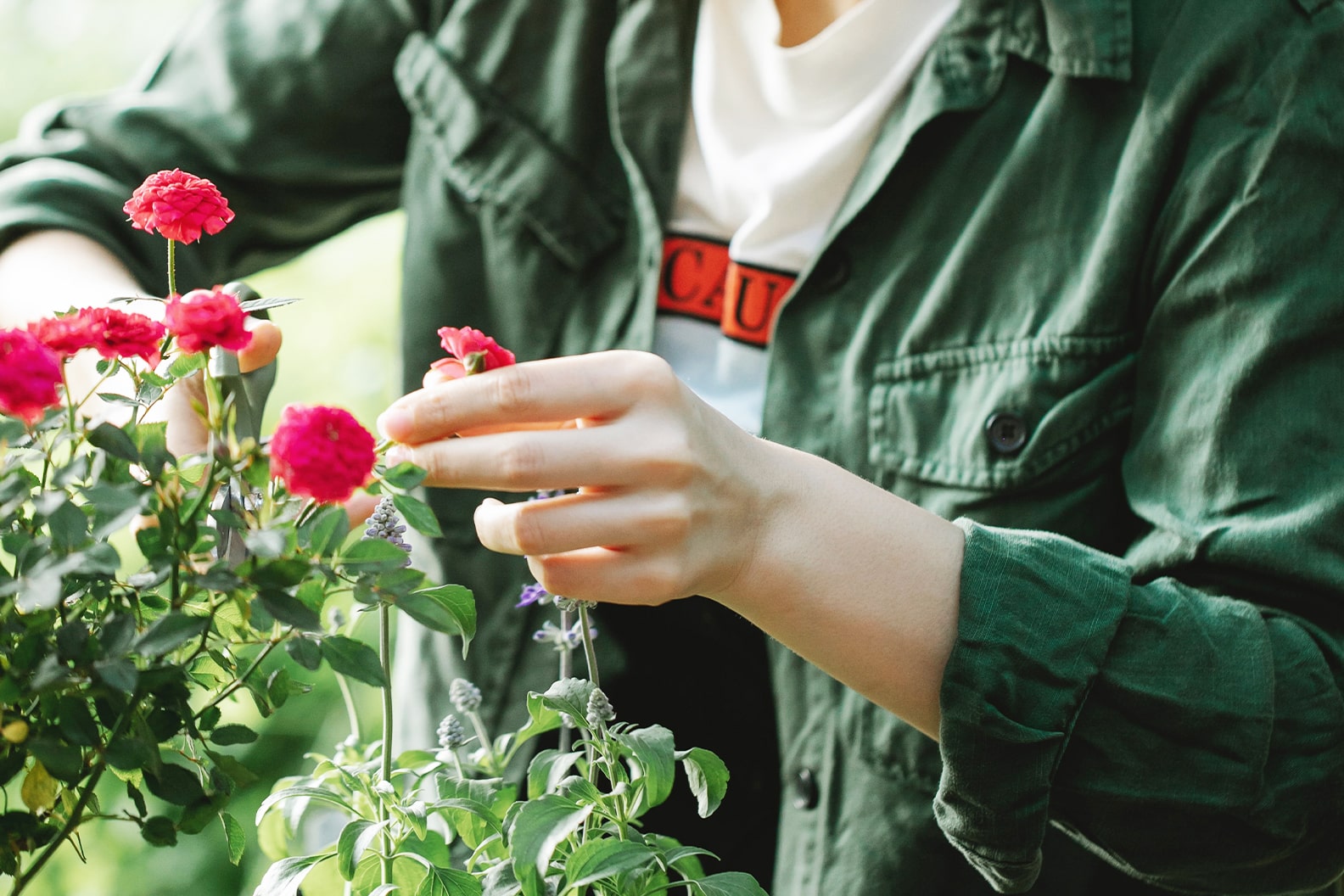
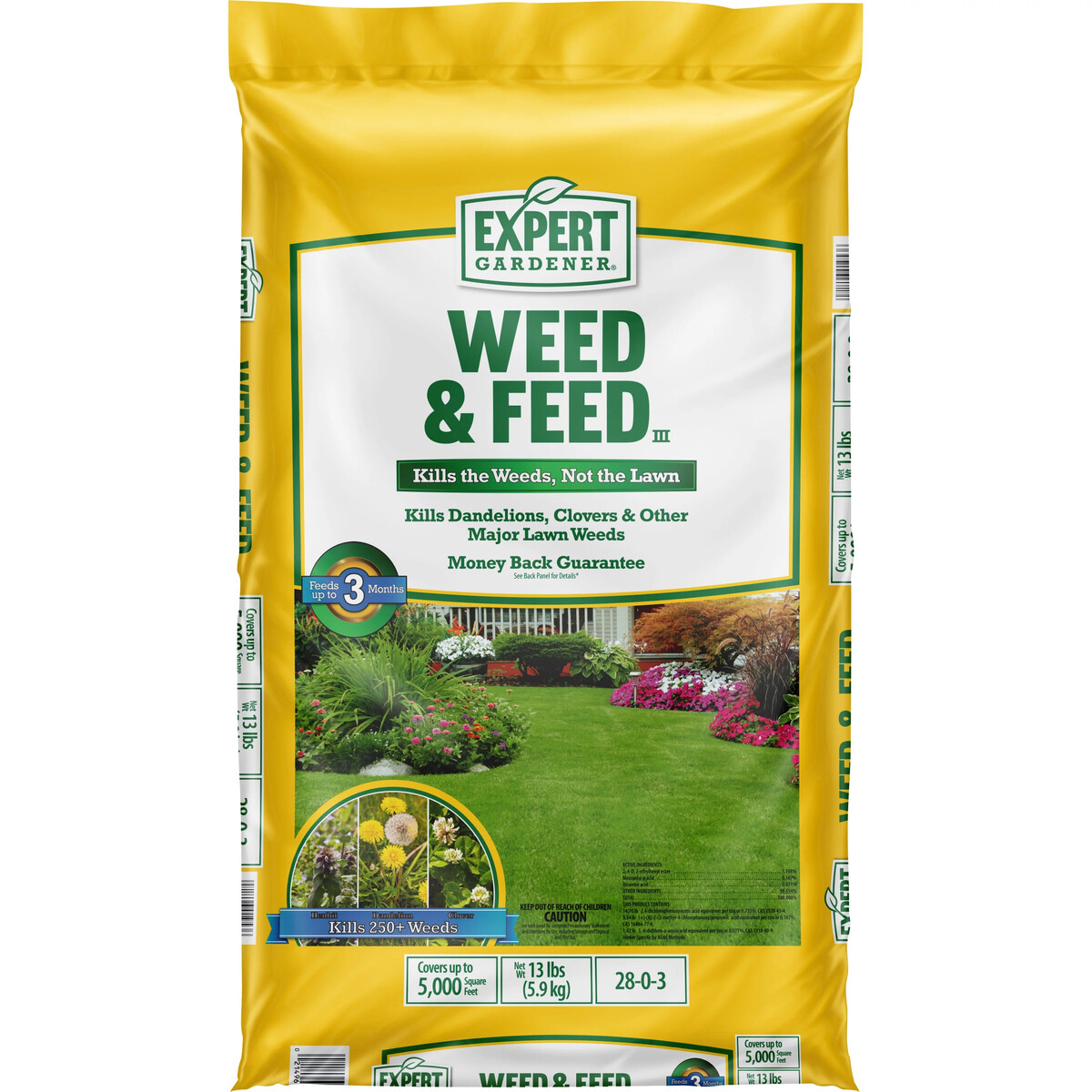
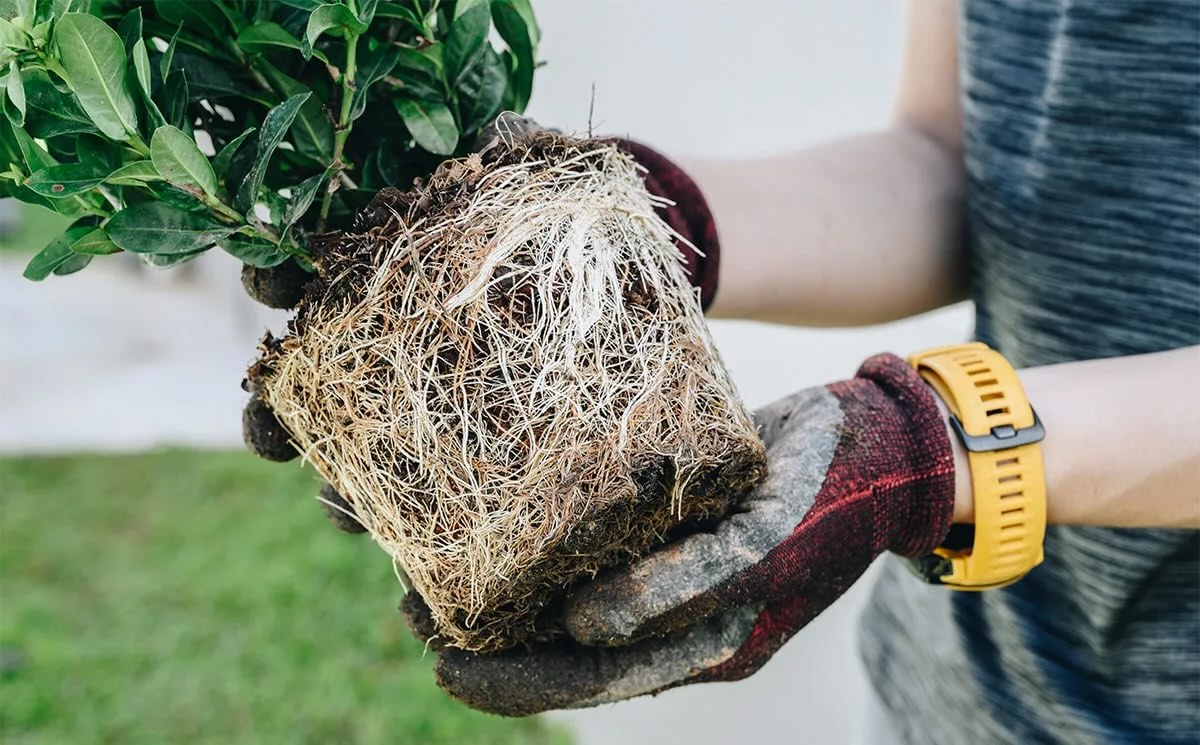
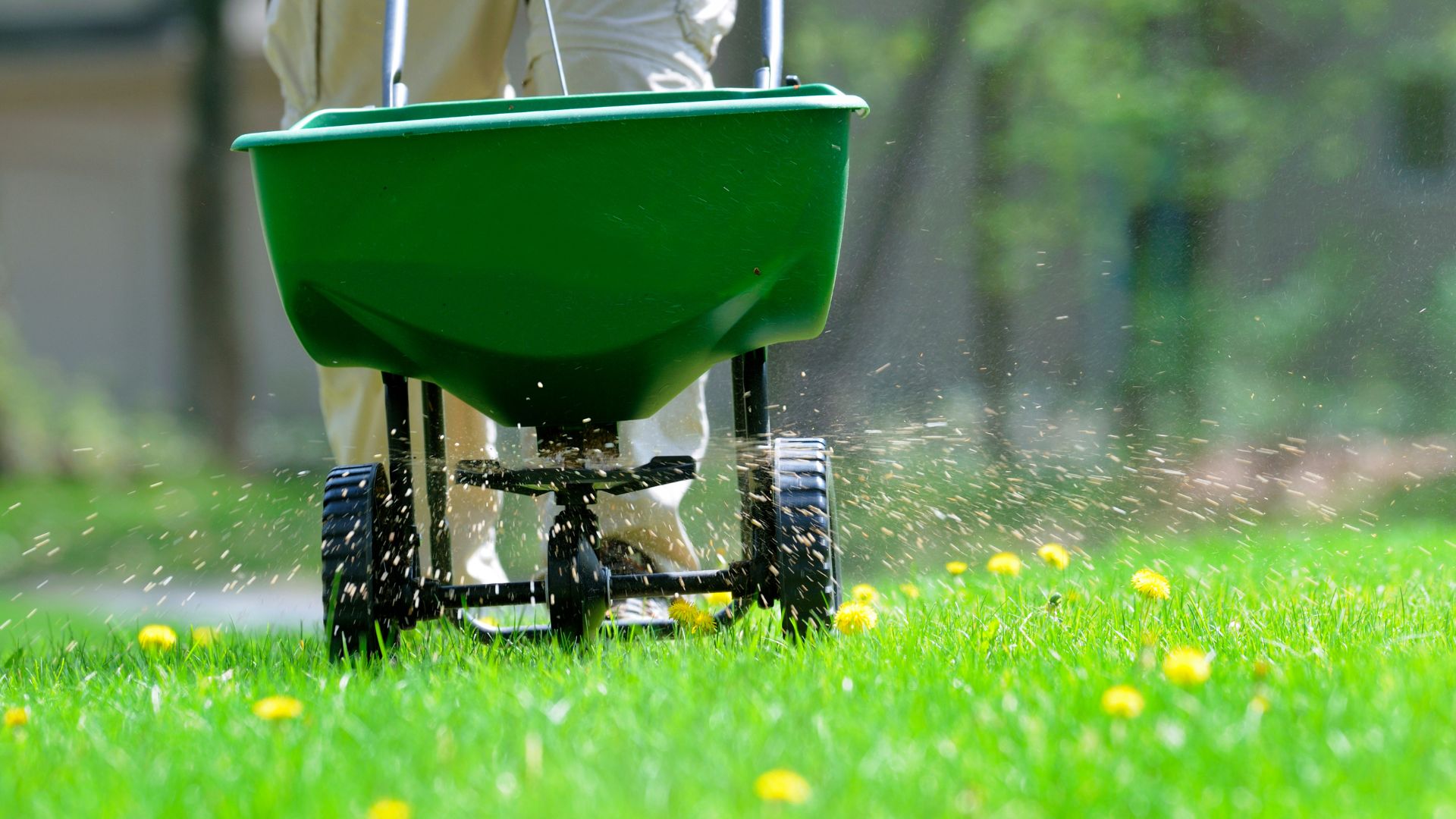
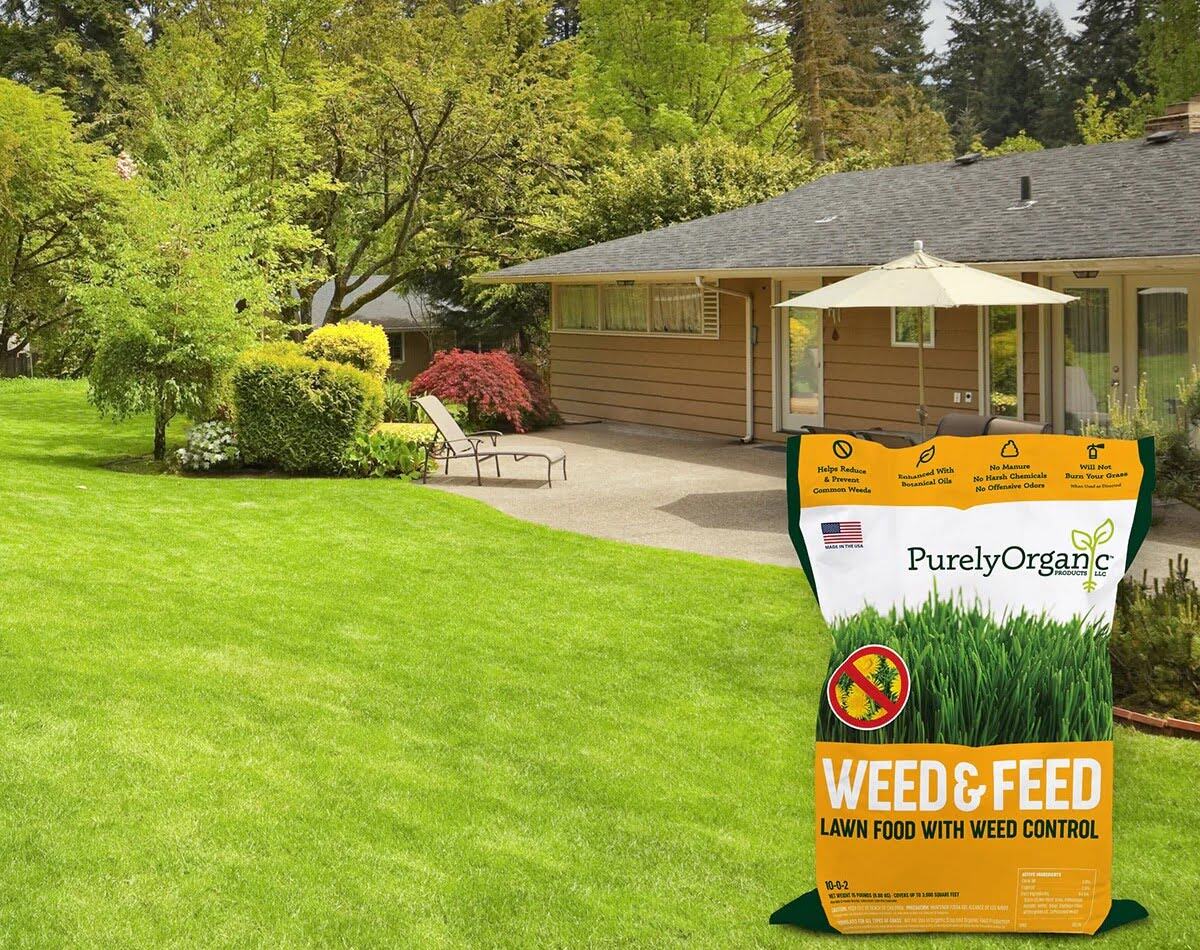
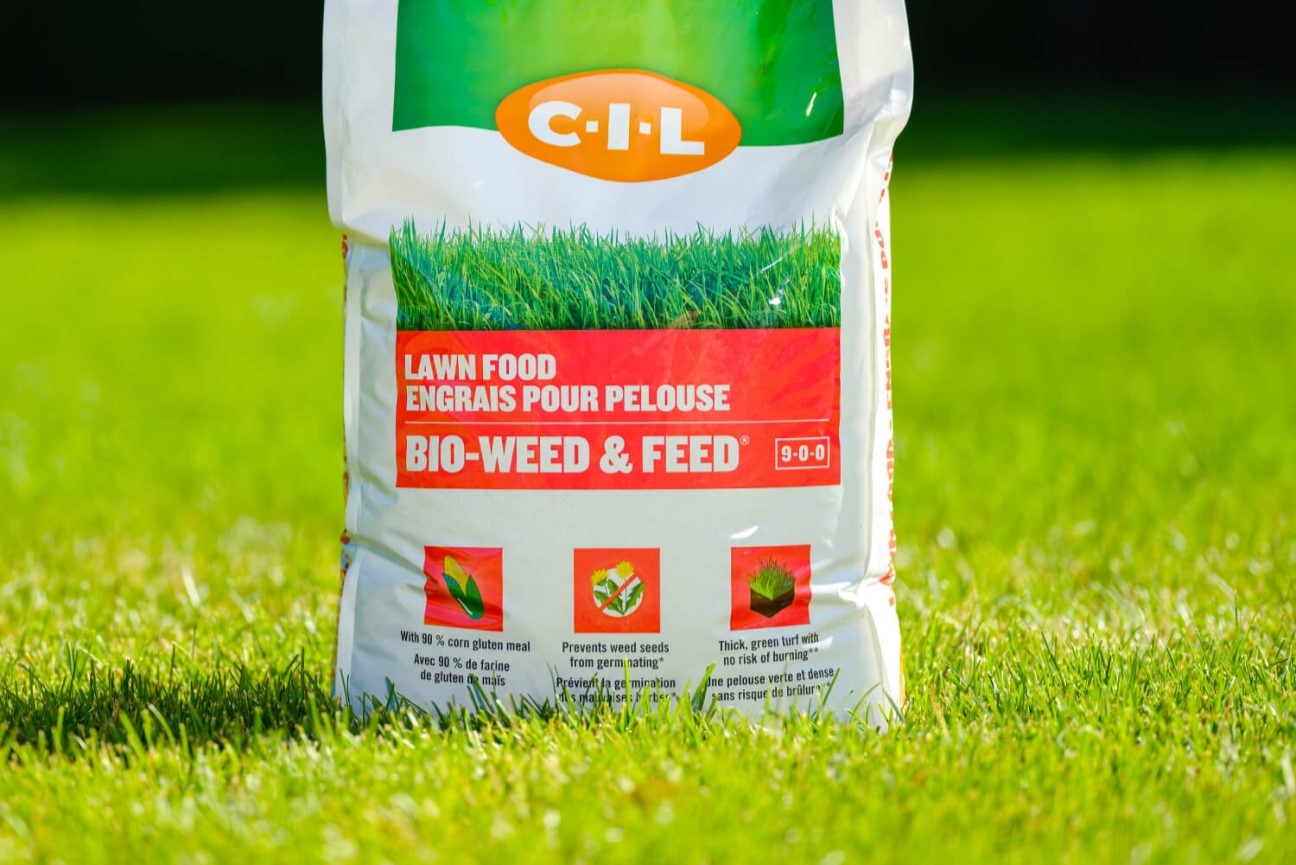
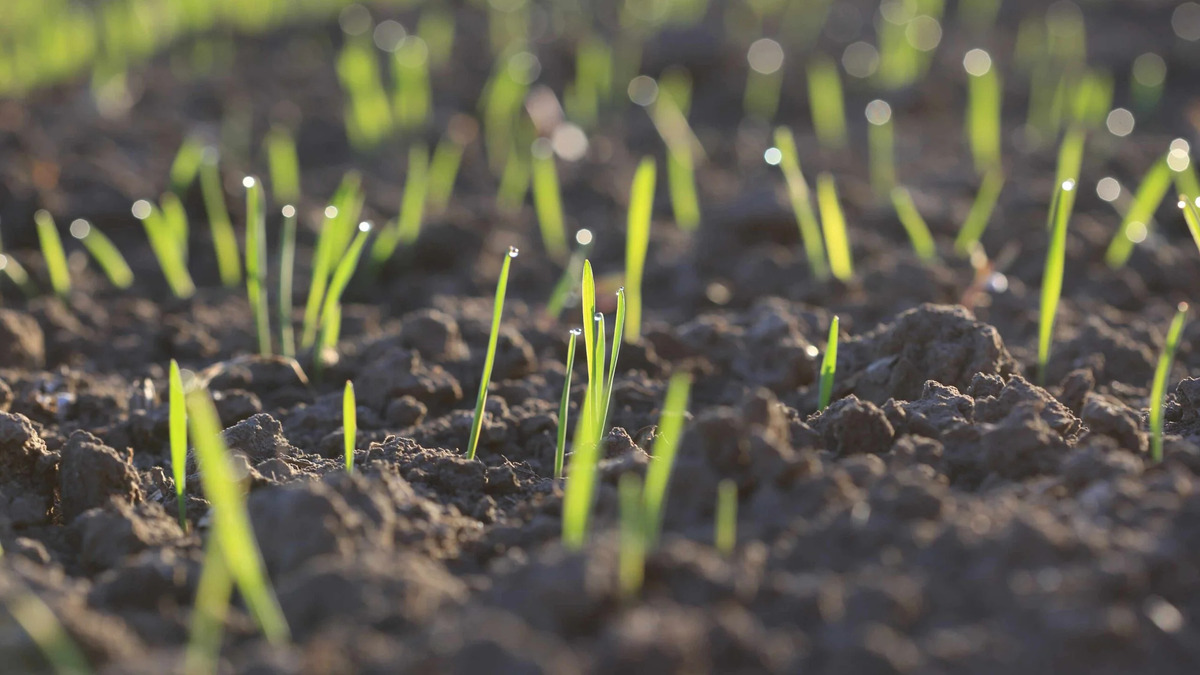

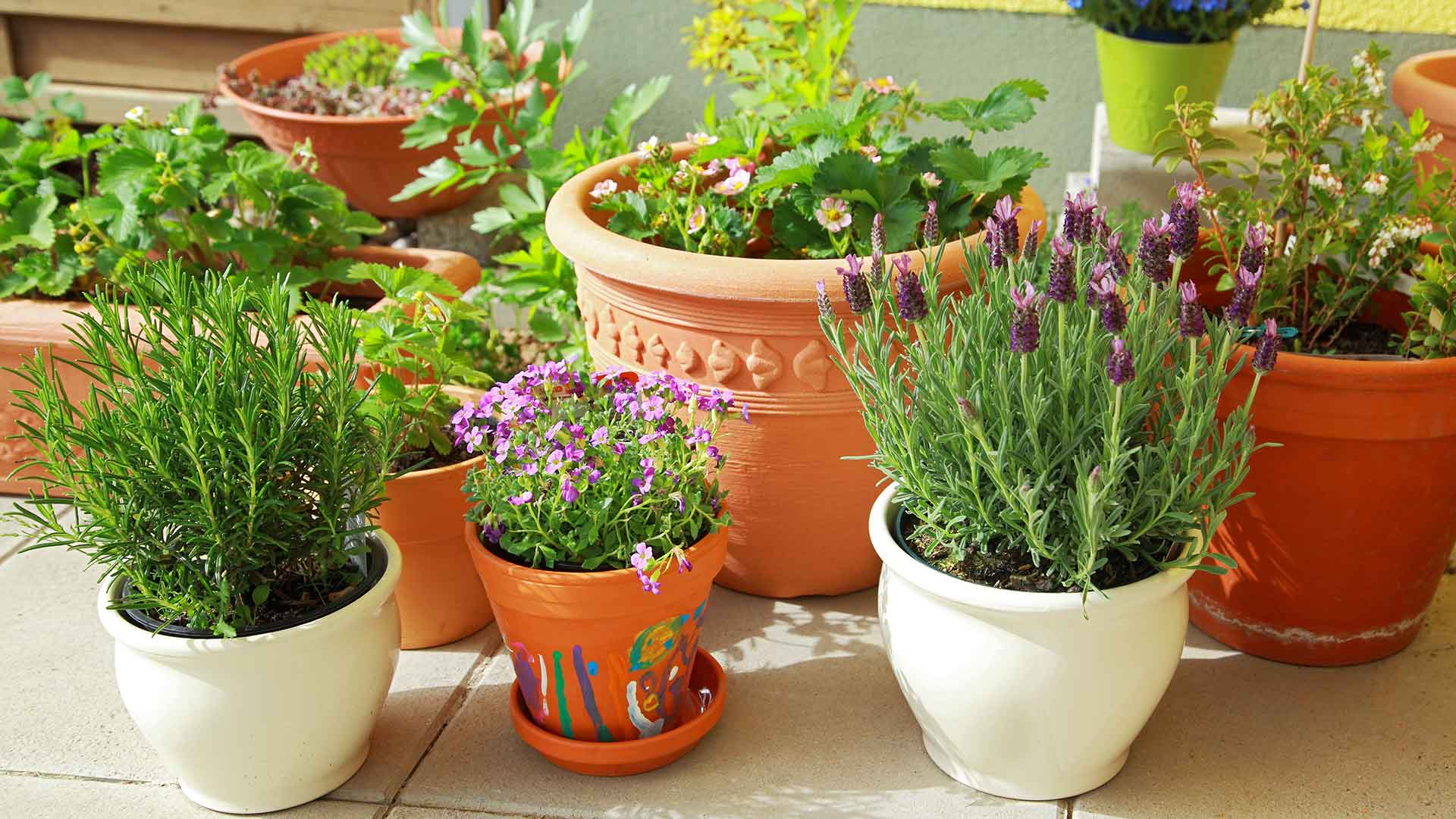
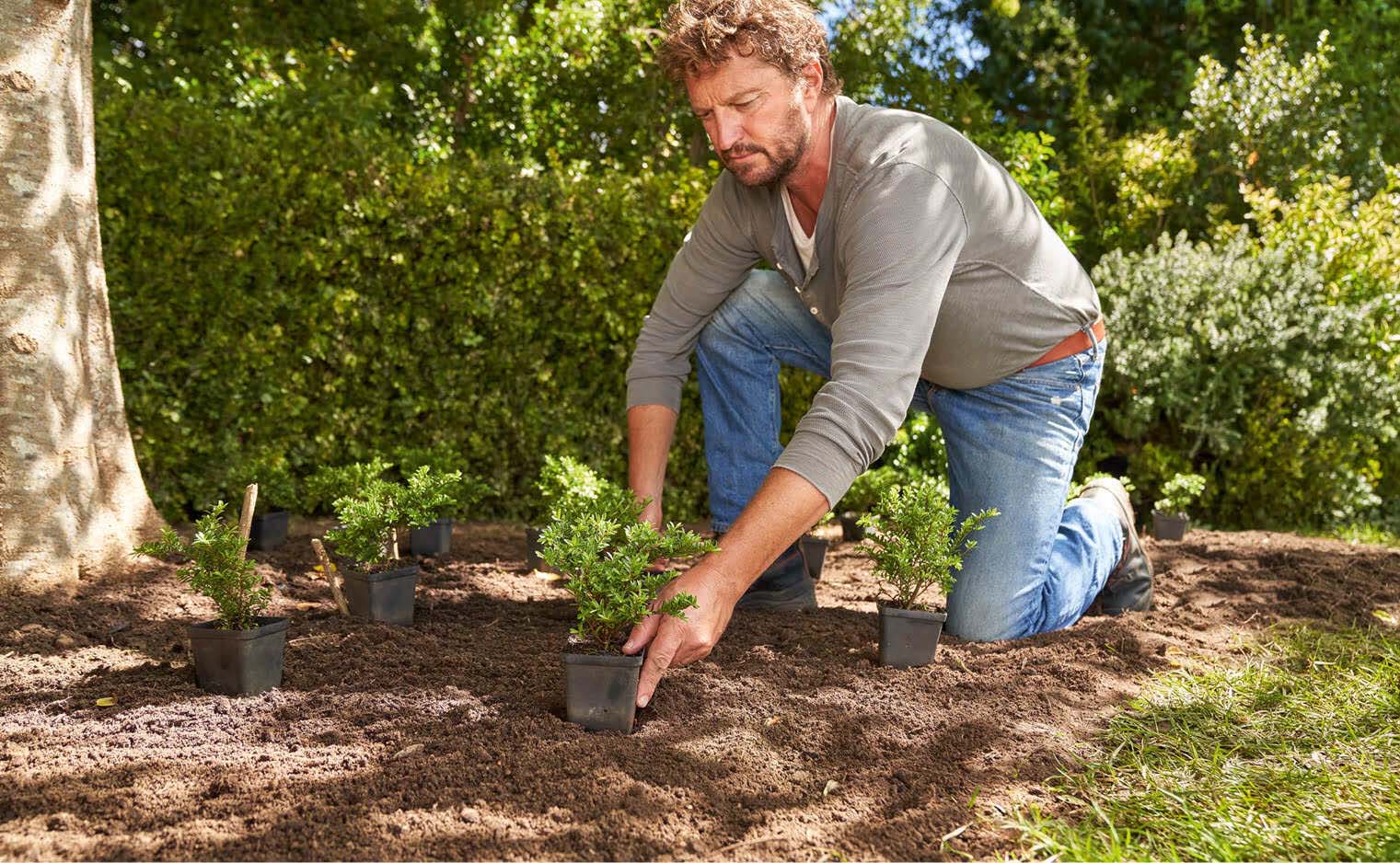

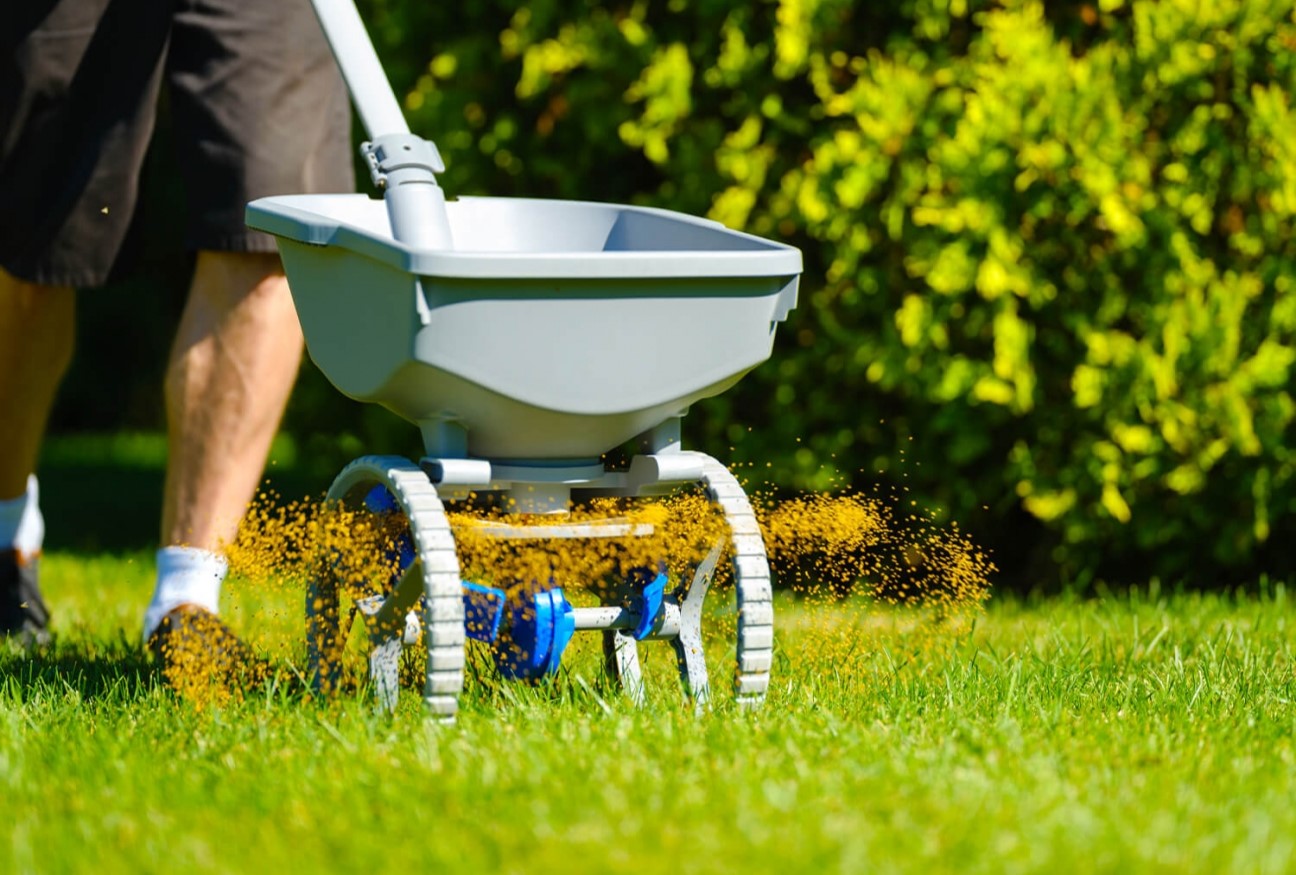
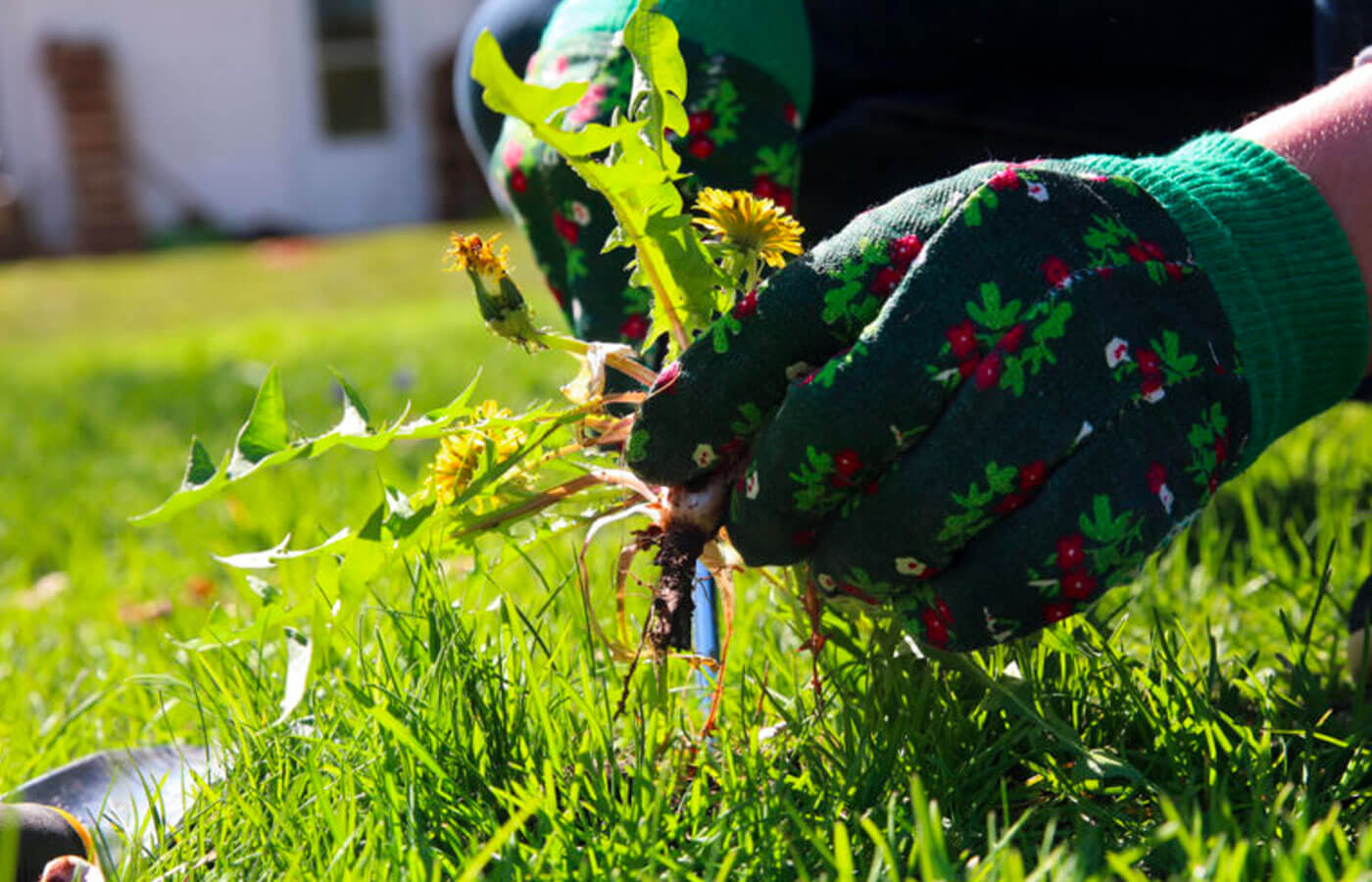
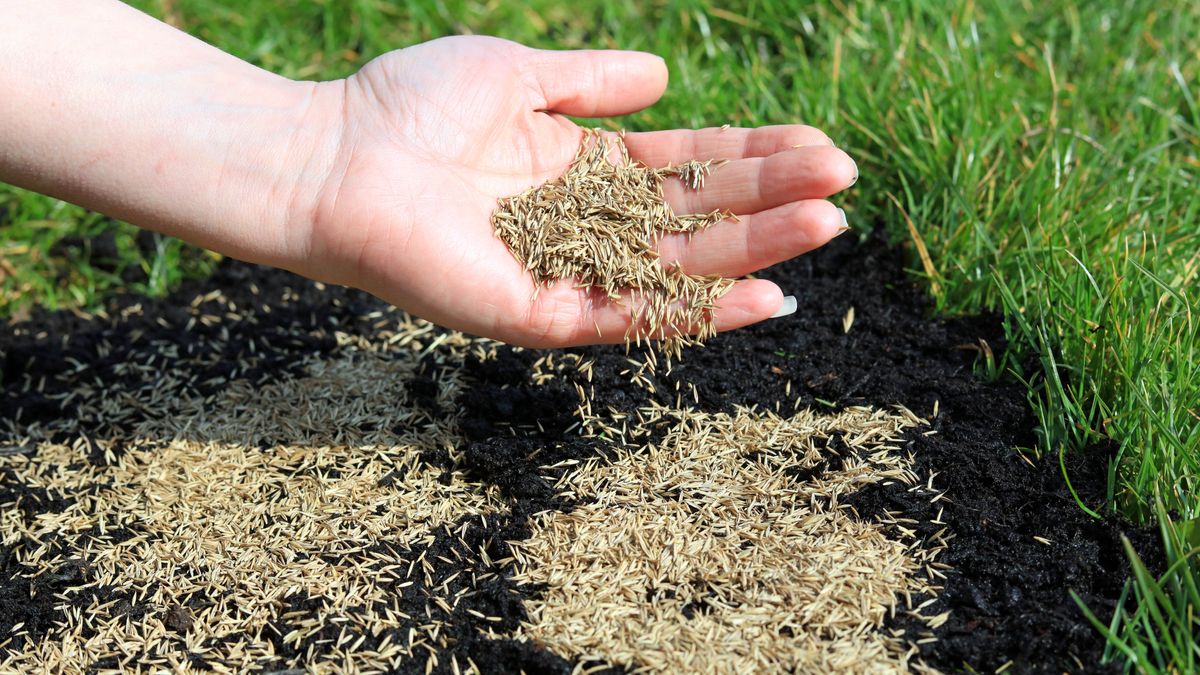

0 thoughts on “When To Feed Outdoor Plants”